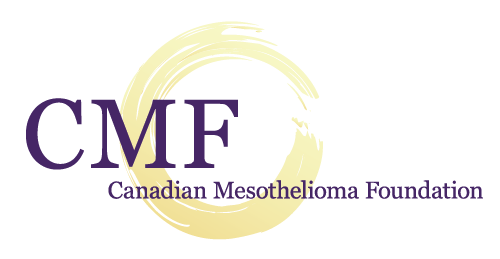Radiation therapy is a type of “regional” treatment that uses high energy particles to kill cancer cells or to prevent them from replicating and growing again. The radiation beam targets the part of the body where the mesothelioma is found. It only kills cells in the radiation field and does not affect the entire body – although it is possible for nearby healthy cells to be damaged. Radiation is a tool used by some oncologists to attempt to cure mesothelioma but can also be used in the palliative setting to manage symptoms.
Potentially Curative Radiotherapy: Radiation is often used in combination with surgery (to kill any remaining cancer cells not removed or undetected) or chemotherapy (to relieve symptoms such as chest pain and shortness of breath). Because studies have shown that radiation therapy significantly improves survival for patients with resectable pleural mesothelioma, radiation therapy is given before surgery. In certain circumstances (i.e., if it wasn’t given before surgery), it may also be given after an extrapleural pneumonectomy. It is not, however, usually given after a pleurectomy and decortication because it could damage the lung.
Palliative Radiotherapy: The main role for palliative radiotherapy is to improve and maintain quality of life. The main indication for palliative RT is usually for pain control, particularly when the mesothelioma is invading into chest wall. Less common indications include hemoptysis (coughing up of blood) and dyspnea (shortness of breath) if the cause of these symptoms can be localized to a suitable radiation target. Often, dyspnea is multifactorial (such as pleural effusion, diffuse restrictive lung disease, etc.) in which case radiation may only provide partial or incomplete relief.




